|
Our planned speaker had to cancel her visit but a local illustrator and ceramicist kindly agreed to step in and talk to us at our November meeting. Jacqui Melhuish has her own workshop and gallery with other artists in Wagon's Yard, Marlborough. Jacqui started by explaining that drawing had been her favourite subject at school and she subsequently went on to become an illustrator. With a young family she enrolled on a foundation course at Swindon College and subsequently took a BA Hon in Illustration. Jacqui started incorporating illustrations in her ceramics and went on to teach pottery at Swindon and Marlborough Colleges. Inspiration for her work comes from a happy family upbringing and Jacqui uses childhood memories and sayings of relations, holidays and books to illustrate her work. There is no doubt Jacqui is a very talented lady being accomplished as an illustrator and ceramicist but she told us she prefers to work with clay now and her favourite piece is what she calls an ancestry totem. It was interesting for us as textile artists to hear how Jacqui collects her clay direct from the supplier and loves to make large scale upright vessels. She explained how she constructs a frame out of cardboard tubes and the like, onto which she can rest the slabs of clay and allow them to dry rather than using the coil pot method. Just look at the pieces of old lace which Jacqui has pressed into the clay before firing. Jacqui's enthusiasm for her subject became apparent when she explained that every new idea had to be practised and she really enjoyed the challenges of working with clay and the surprise results when doing raku firing. Exhibiting at Open Studios she was fortunate to sell a lot of her work but with her teaching commitments she finds time for her own creations limited. Hopefully in the new year after her Christmas Exhibition she will be able to restock her cupboards. Report and some photos by Ros.
Some photos thanks to Jacqui Jacqui's website is: http://jacquimelhuish.co.uk/ Gallery website: https://www.wagonyardartists.co.uk/
0 Comments
Meike Laurenson was born in Germany and had a Danish father who died before she was born. She had a challenging upbringing, came to lived in England at 18 and has always loved art. She told us her complex story and how, as a mature student with a young family, she did her teacher training. After her divorce she moved from London to live in Reigate and had a small holding where she kept sheep and started spinning. Taking early retirement she enrolled on a foundation course at the Reigate School of Art. While at a workshop in Dorking a dress designer showed her how to block a hat and this started her love of millinery. Constance Howard was invited to look at her hats and said all hats need a crown, a rim and a rose and commented that Meike's creations were not really hats so it was suggested she enrol at the London College of Fashion which she did between 1993 and 1996. Over the years Meike has had various exhibitions and undertakes private commissions which she does not love as much as the freedom of being able to create herself. She went on to show us a wonderful selection of hats which she had designed from her original creation (see above), a summer and winter collection and a collection based on a visit to Nepal. Two of my favourites were the Boy George hat and a blue, red and white one which she created for a workshop in France which had to include five sides. Meike concluded her talk by showing us a design entitled “it's not a hat” which was created by felting a number of golf practice balls and attaching them to a crown. The final hat was entitled “dare to wear” which was an interesting fun construction. I wonder how many other members in the room were wanting to try the hats on!
Report and photos by Ros Mandy started her talk by explaining that she came from a large family and her Aunt Kate taught her to crochet. At secondary school her needlework teacher set high standards and visits to London galleries were obviously exciting with Anwar Shemza, another teacher and an artist in his own right, influencing and encouraging Mandy greatly. He told her “you are only as good as your next piece of work” and she treasures the hand made Christmas cards which he sent each year. Using the Encyclopedia of Needlework written by Teresa Dilmont she taught herself tatting, how to make bobbin lace and various other stitches and techniques. Mandy was a member of the 62 Group of textile artists and the Textile Study group and retired from lecturing on the foundation course at the Art College in Stafford four years ago. In 2015 she had a joint exhibition with Vivienne Prideaux, is involved with various NHS projects and is currently a volunteer at the National Trust property, Sunnycroft near Wellington where she has been learning to archive. Mandy draws and paints in colour but her actual work is hand stitching using neutral threads on transparent fabrics. We were shown a variety of her work some of which is shown below. My memory of Mandy will be someone who rarely had a needle out of her hand and even chatting to members before and after her talk she was busy stitching. Report and photos by Ros  Anna McDowell started her talk by explaining that Dorset buttons started as a love story. A soldier, Abraham Case went to the continent in 1600s and brought back this technique of making buttons. When he returned he went to Wardour Castle and fell in love with a local girl and they set up the Dorset Button industry. High tops were the first to be made from a disc of sheep’s horn, fabric and thread. Dorset Knobs came after along with the Blanford cross wheel and various other designs. The business grew rapidly as a Cottage industry with women and children working in their own homes and in 1730 Abraham’s grandson Peter took over the company and it is thought introduced metal rings. John Clayton joined and organised it as a proper industry. Anna showed us a record sheet from the Blanford Workhouse which showed what a profitable business it was. In 1793 it was recorded that 5d per gross was paid for the buttons and 4000 people in and around Shaftesbury were involved and 3000 around Blanford. In 1812 people were paid 9d per day to work on the land at harvest time but they could earn 12 – 18d per day making buttons. Men of fashion including Beau Brummel would wear up to 24 shirts a week all done up with Dorset buttons so the industry thrived. The buttons were made in neutral colour thread and dyed after to match a ladies dress or blouse. In 1812 Benjamin Saunders patented the first mechanised button machine and this heralded the beginning of the end for the hand-made button industry. Anna’s interest began when she became chair of the Gold Hill Museum in Shaftesbury and since then she has tried to bring the Dorset Buttons into the 21st century demonstrating the making of traditional and contemporary buttons. Anna has a website which gives details of the history, she gives workshops and undertakes commissions for making Dorset buttons for period costumes. Here is Anna's website address: http://henrysbuttons.co.uk/index.html
Gold Hill Museum, Shaftesbury have a display of Dorset buttons. https://goldhillmuseum.org.uk/ Report by Ros 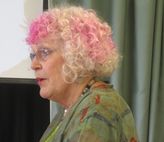 This month’s speaker Vivien Prideaux introduced us to a name that few members were familiar with, Alec Walker. Born in Yorkshire in 1889 Alec was given a rundown mill by his father and he started producing Vigil silk. Kay Earl had been a student in Newlyn in Cornwall and responded to an advert for a designer. He was so impressed with this area he decided to continue producing silk in the north but the design and manufacture of garments was moved to Cornwall. In 1918 Alec and Kay married. In 1920 they founded the couture company, Crysede which became very successful. Alec Walker was invited to go to Paris and was introduced to Raoul Dufy and Ossip Zadkine. Influenced by their designs he transformed his own paintings into textiles. The business continued to expand so they brought in Tom Heron (father of painter, Patrick Heron) as Manager and the company moved to the Island at St Ives. They were the first company to offer mail order, opened retail shops and sold their designs at Liberty's. Sadly, in 1929 Alec left the company with health issues and Tom continued for another 10 years when Crysede ceased trading. It was re-branded as Cresta silks. I was requested not to use Vivien's images but there are a selection of fabric designs if you search for Crysede on the internet.
Report by Ros Bryony's talk was entitled The Textile Menagerie and she describes herself as a Textile Sculptor and it is an apt description when you see the wonderful textile animals she creates and hear how she does it. Coming from a family of artists, Bryony was always encouraged to create but her degree in silver jewellery making seems a far cry from the work she does now. Trips to India as a jewellery buyer led to an interest in antique fabrics especially saris and kantha work which Bryony began to collect. A seaside exhibition with a friend resulted in 'Flossie' a life size donkey made with old prices of wood for legs and a covering of scraps of old fabrics. Building and improving on this Bryony continued making life sized fabric animals using recycled textiles often furnishing fabrics, especially William Morris designs and velvets. As mothers often sat their children on the larger figures Bryony realised they had to be strong so she uses cast iron rod, heavy duty sculpture wire and wood for the skeleton which is covered with sheeting and pillow filling is used to form muscle shape. This is then covered with scraps of fabric stitched in place, layering of textiles give the impression of feather on the birds. Duffle coat toggles carved down make a good beak, false eyelashes look very realistic on deer and false fingernails cut into strips make very convincing claws. All Bryony's figures, ranging from birds, guinea pigs, dogs, pigs and deer are life size and have names usually suggested by the facial expression, tilt of head or attitude. Hover your mouse pointer over the images below to discover the names of the animals! Bryony gave workshops in Australia last year and is due to return there next year and also to New Zealand to give more talks and workshops, she also manages to fit in classes in this country. Bryony gave us a fascinating and informative talk; it was lovely to see some of her menagerie on screen and meet others in person. Thank you to Christine Hill for this report and the lovely photos. Ros
To start the New Year Helen Brown from the Bristol Museum & Art Gallery spoke to the Guild about the collection of textiles they have assembled over the years. Helen started her talk by explaining that she works part time in the Applied Arts Department and her role is to catalogue and record their textiles. Their collection covers samples from all over the world going back to the 1570’s. The main source of textiles was from Agnus Fry’s collection of 260 pieces which she gave to the Museum in the late 1940’s and Helen showed us correspondence between Agnus and the curator setting out how she would like the pieces displayed. Agnus came from a large well travelled family (well known for their confectionary business) and was given textiles to add to her collection on their return home. A lot of the examples came from the Balkans and showed brightly coloured work using a variety of fabrics, threads and stitches. In addition to this collection there were some 19thC baby’s bonnets, parasols made of lace, church vestments, some embroidered gloves, examples of bead work and a Japanese fireman’s kimono. In time Helen said she hoped the collection could be made available online for people to look at because, unfortunately it is not currently on display. It is possible however to make an appointment for a private viewing. Follow this link to Bristol City Council Museum to read more and to see images of the work.
http://museums.bristol.gov.uk/narratives.php?irn=15258 Report and photos by Ros At Marlborough & District Embroiderers’ Guild each Christmas we celebrate with a “bring and share” lunch and a “surprise” speaker. This year we celebrated our 40th Ruby Anniversary with a four day exhibition in April and we wanted to end with a grand finale. About a year ago our Programme Secretary, Vernice asked if Jan Beaney and Jean Littlejohn would join us as our “surprise” speakers and to give the after lunch talk. Just look at this "bring and share" spread! A big thank you to everyone for preparing such a delicious meal and to my fellow Committee Members for their hard work in decorating the hall and clearing up after and of course to Vernice for asking Jan & Jean to speak to us. The Committee were sworn to secrecy so our guests and the remainder of our branch members, numbering over sixty, were thrilled to see displays of Jan and Jean’s work and to hear them talk about how they have collected ideas and recorded them over the years. They talked about their various trips abroad and how landscapes in Israel, Australia, the Grand Canyon and New Mexico had brought inspiration together with fossils on Charmouth beach, pot pourri jars, house renovations, craters on planets, the clock in St Mark’s Square in Venice and even the slime in Steve’s pond! Below is a selection of photos of their work which they kindly allowed me to take and some of the images from their presentation. Sorry some of them are a bit skew! Click on the first image to enlargen and then you can scroll through to see the details of their exquisite work. We were very grateful to Jan and Jean for making our Christmas meeting such a memorable one.
Report and photos by Ros Helen Colling was introduced to needlework at an early age and was encouraged by her City & Guilds tutor to apply for a 3 year Stitched Textile Diploma with Jan Beaney & Jean Littlejohn. During the drawing module she explored transparency – looking through glass doors, reflections, shadows and layers. The topic for her final piece was the atmosphere after something has gone. Helen has developed her work since her qualification using poetry and the transparency layering technique. She explained how she uses Reynolds freezer paper to print photos onto cloth and hand stitches outlines. We were interested to see her final work sandwiched between two layers of Perspex which emphasises the transparency theme.
Helen takes part in Open Studios and exhibits with Oxford Textile Artists and is a member of the Society of Designer Craftsmen (www.societyofdesignercraftsmen.org.uk/). Report by Ros 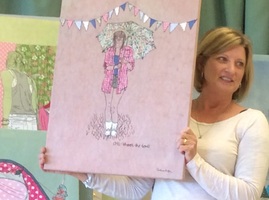 Caroline Kirton’s talk on Monday was entitled “Telling Tales” and after a while it became clear as to why she had chosen this title. As a mature student after the birth of her three daughters, Caroline enrolled on an Access to Art course which led to a Degree in Applied Arts. During the course she researched the feminist artist Mary Kelly and her work influenced Caroline. Using her family and their friends Caroline took a series of snapshots of teenagers which explored their emotions, their relationships, their thoughts and behind each picture there is a message and an appropriate title. It all started when her daughter’s boyfriend was taken back to the States without saying “good bye” and you can see exerts from an email and see the despair in the posture of the young lad called "Lewis" below. Many teenagers experience traumas in family life and as a result teenagers get a bad press so Caroline wanted to highlight the positive. "But I need it!", "You are ruining my life", "She is copying me" , "I think this will be OK for 6th form", "Just Chilling" and "My Mum's a proper weirdo" are amongst the chosen titles. As parents ourselves, many of us could relate to the topics which had been chosen. From a practical point Caroline takes photos which she then draws out and enlarges. She uses bondaweb to position vintage fabrics to the background and screen prints of text often taken from emails. She amazed us all by saying that she does not use a frame or hoop when free machining and always stretches the finished work herself.
Thank you Caroline for sharing your techniques with us and for giving us a most enjoyable afternoon. Report by Ros |
AuthorInformation in this blog is provided by branch members who have attended the meeting, workshop or event. Categories
All
Archives
June 2020
|
|
Marlborough & District Branch is a member of the Embroiderers' Guild, the UK's leading crafts association
* The Embroiderers' Guild website -https://embroiderersguild.com/ * The Guild Facebook page - https://www.facebook.com/embroiderersguild/ * The Guild Pinterest pages - https://uk.pinterest.com/theembroiderers/ |
design by chrisse
|
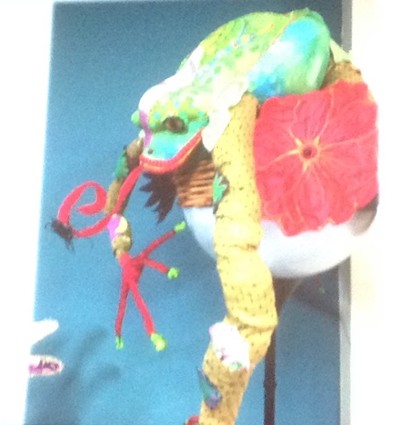
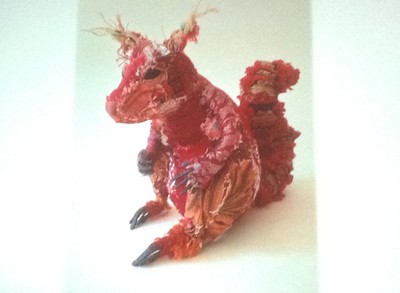
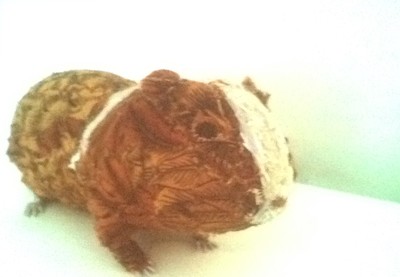
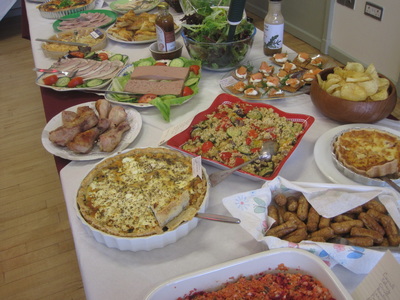
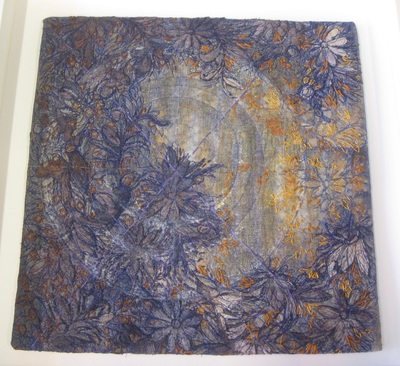
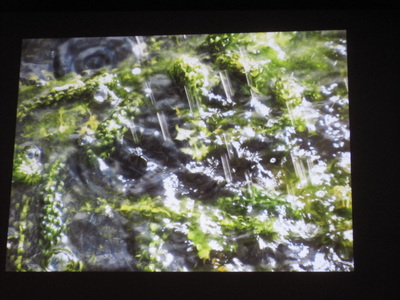
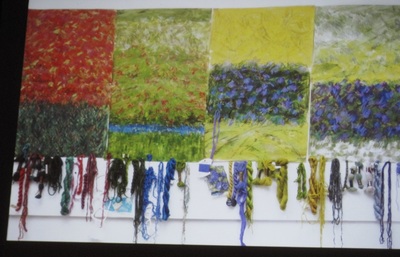
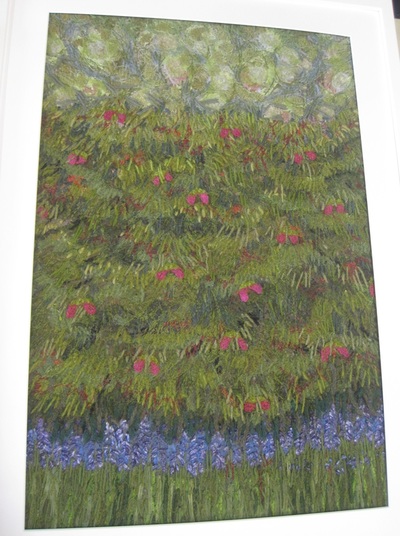
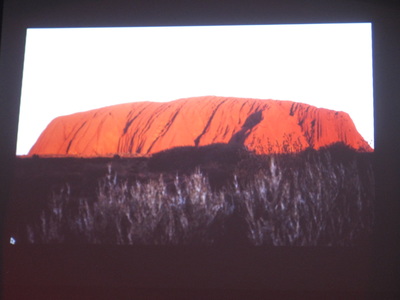
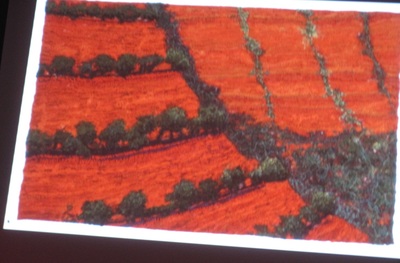
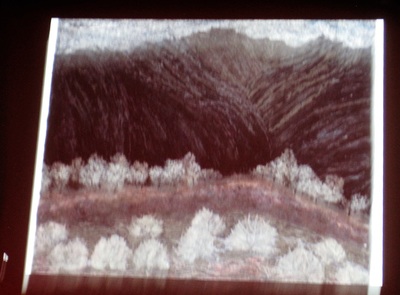
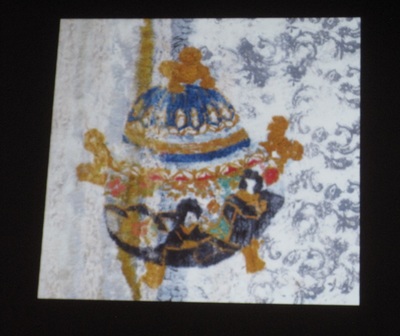
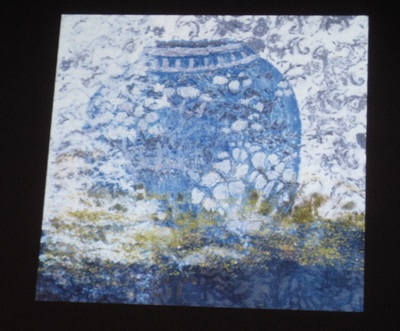
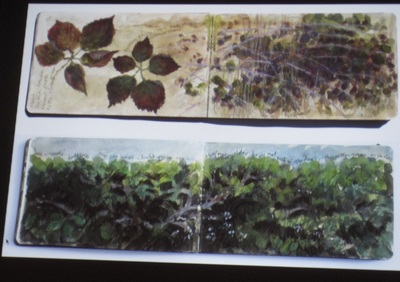
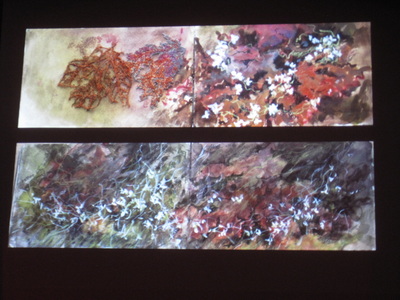
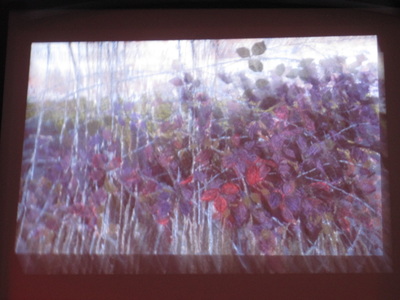
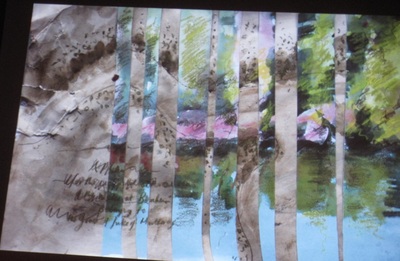
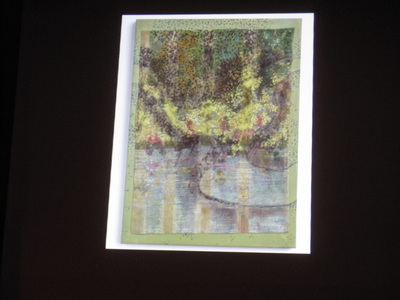

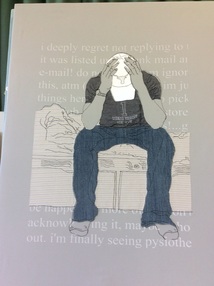
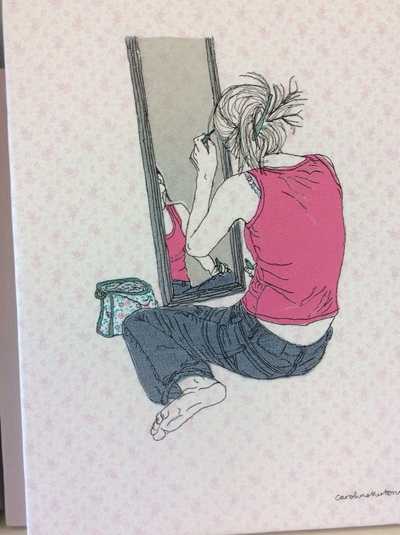
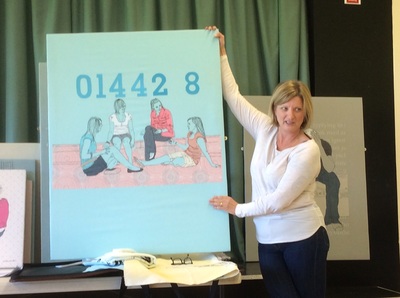
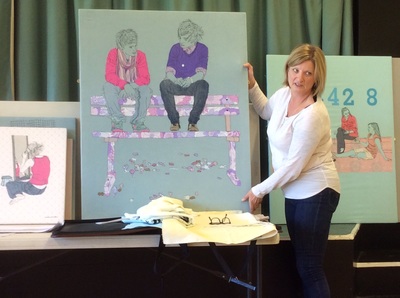
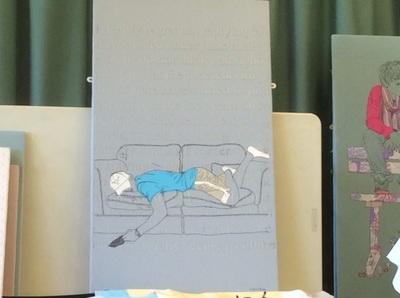
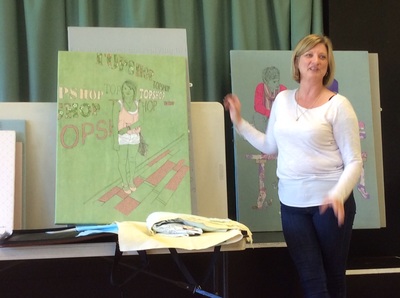
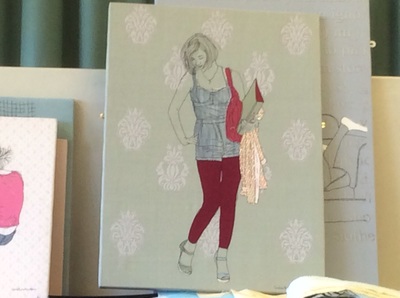
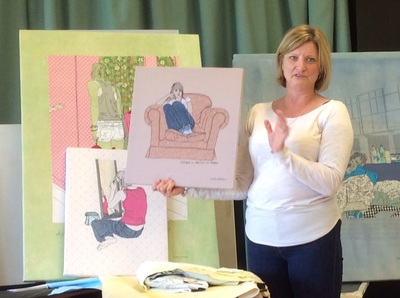
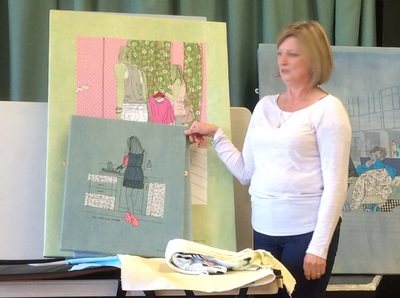
 RSS Feed
RSS Feed
